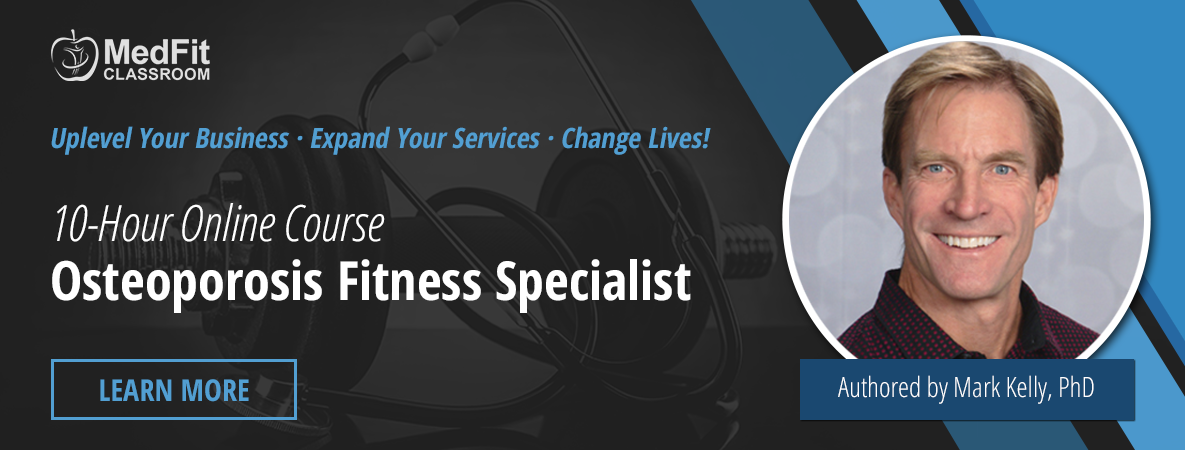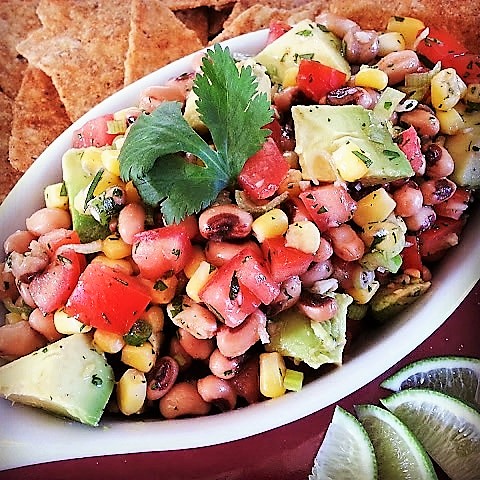Movement as ‘Medicine’ for Special Health Conditions
Not all health conditions are equal in essence. Some are more challenging than others in their symptoms, and in recovery. Not only can these conditions be long drawn and debilitating, posing substantial impediments to daily performance and independent functioning, but may require prolonged specialized treatments and intensive care as well. This has a negative impact beyond just physical wellbeing. It also corrodes mental health and resilience towards overcoming the disease/ condition in particular, and in living a fuller life in general. So how about exploring empowering tools, in addition to the medical, that aid better quality- of-life outcomes?

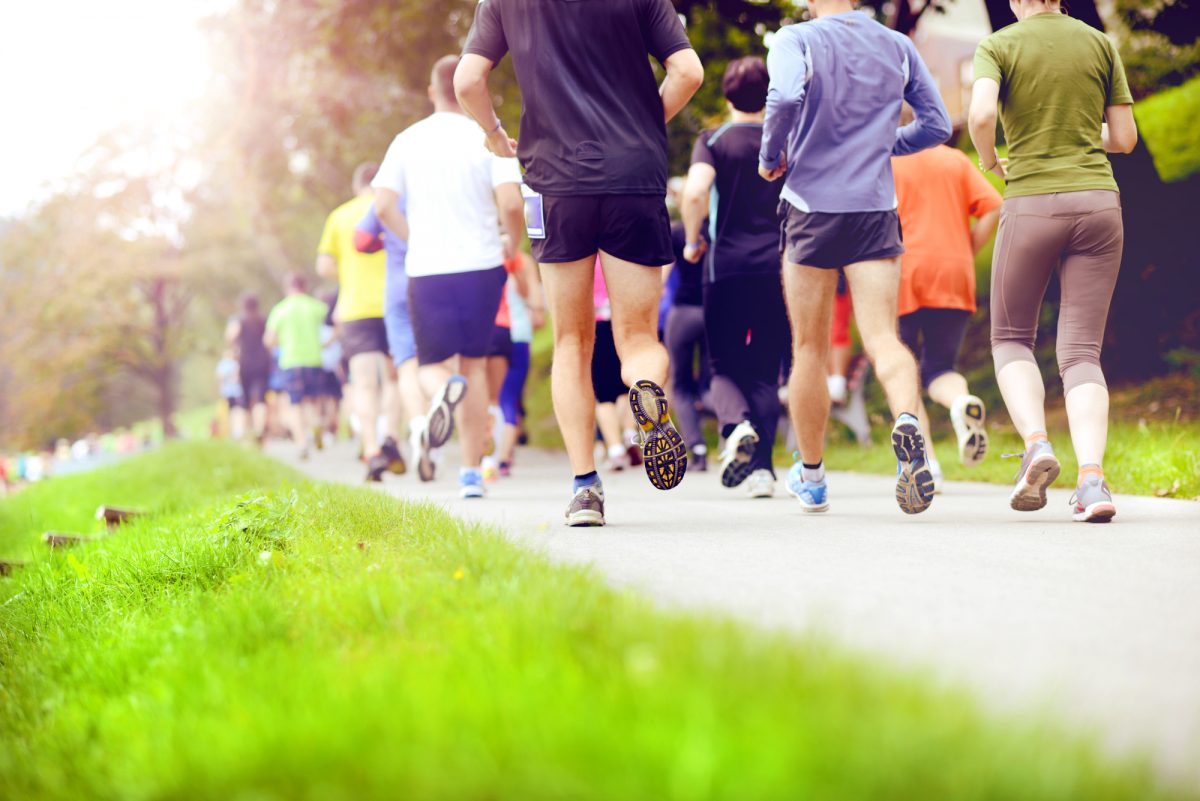
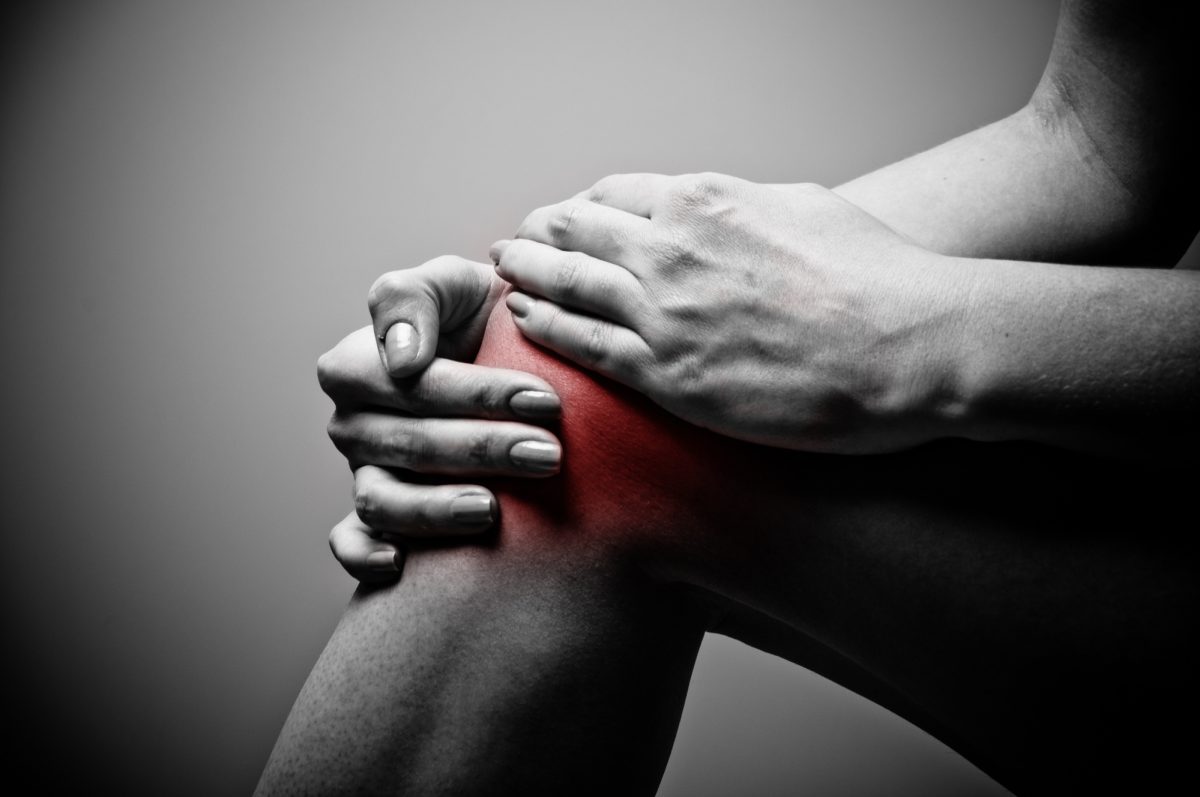
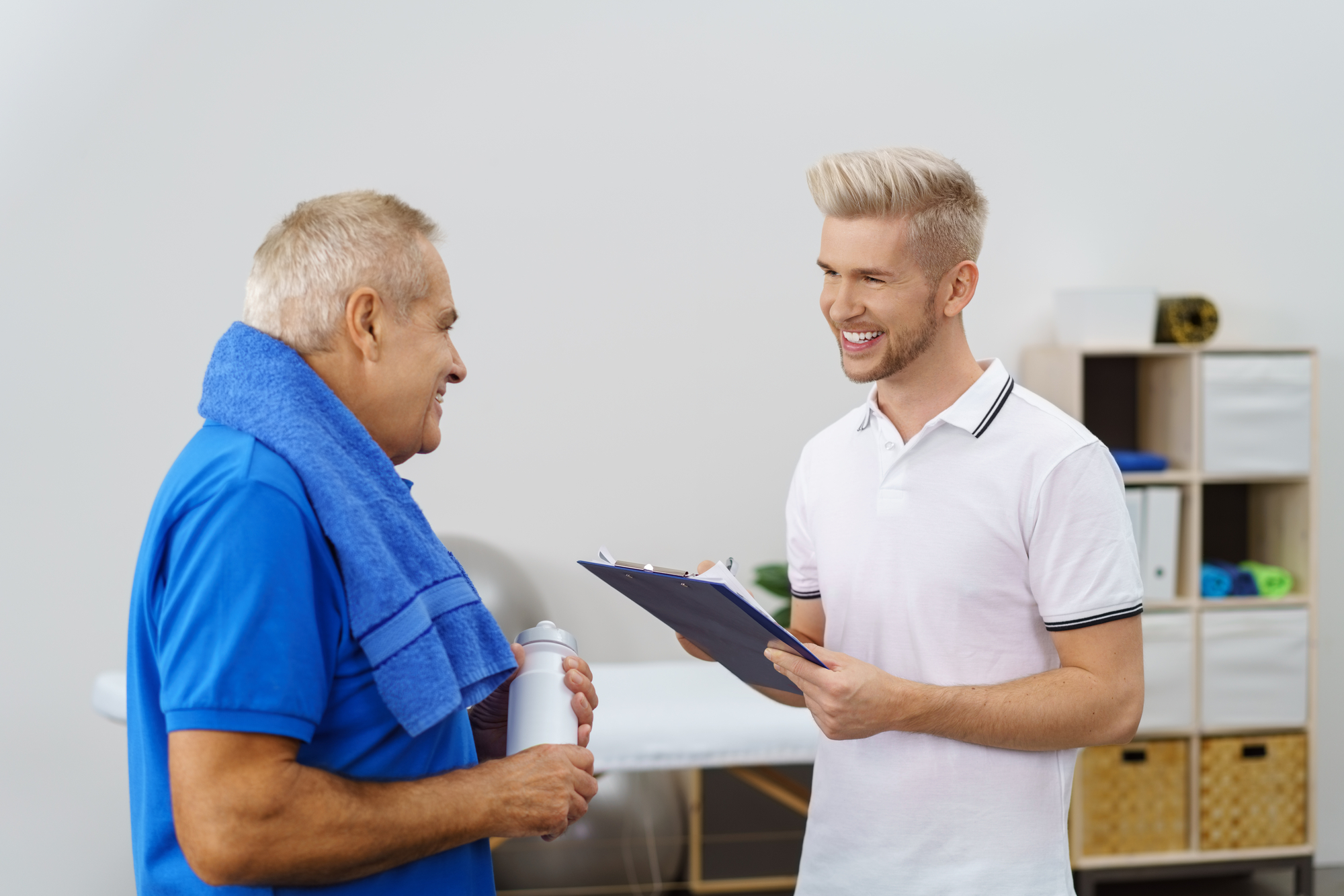


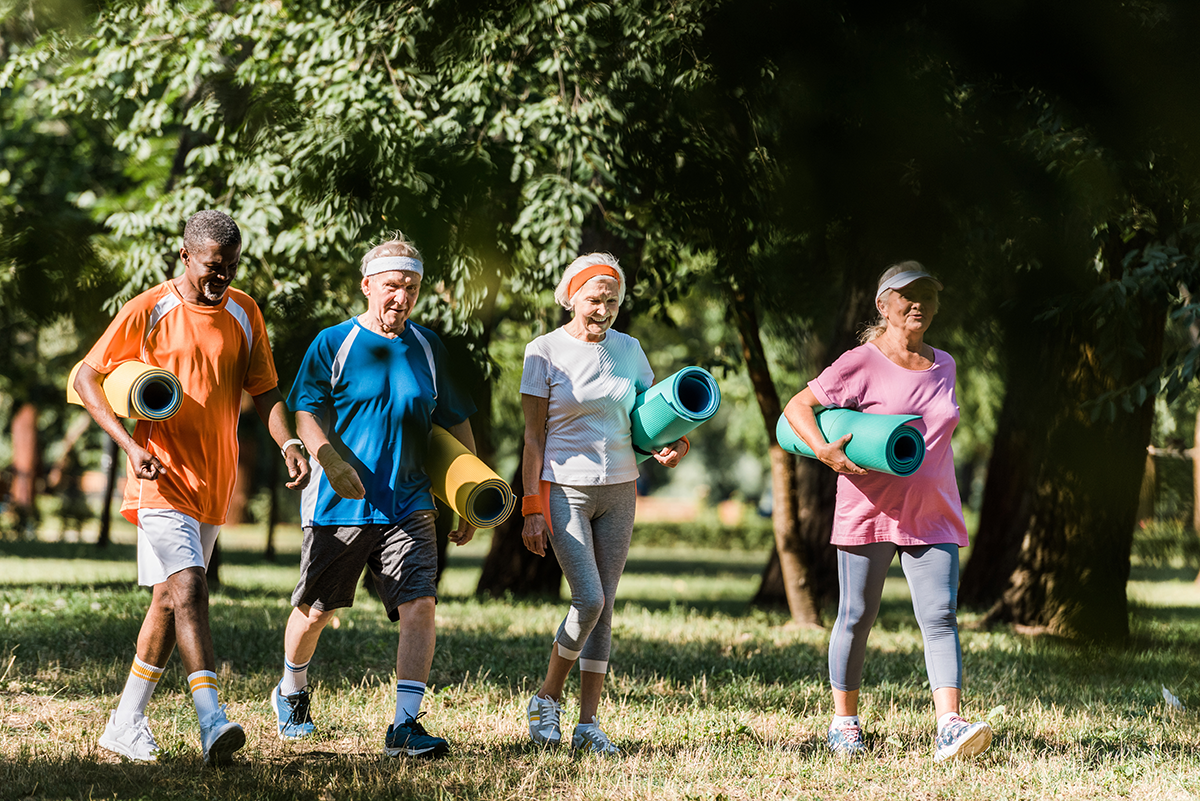
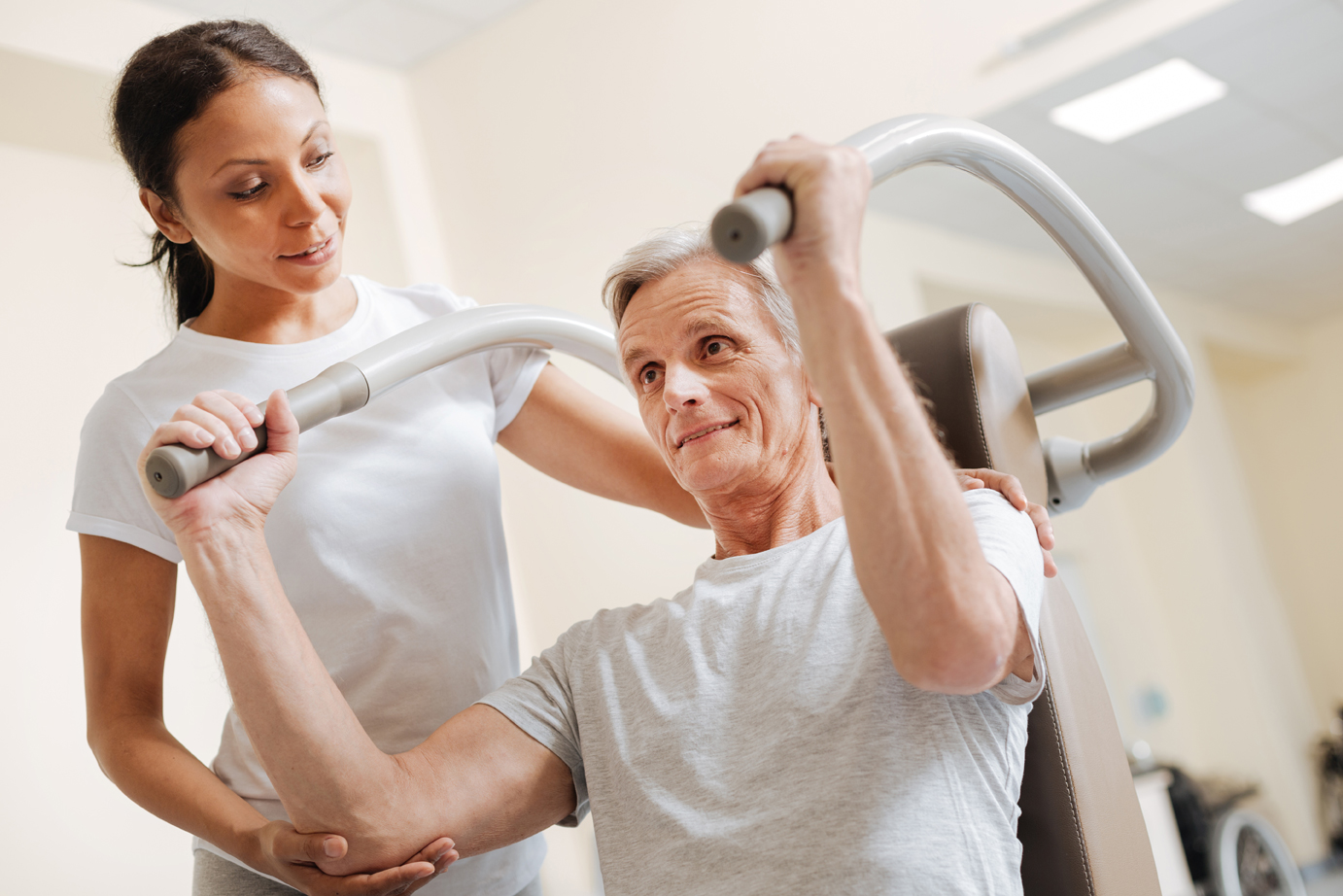
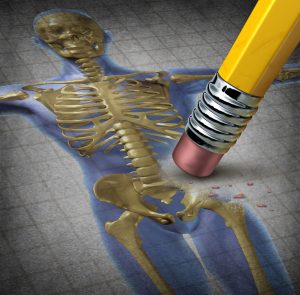 It is a unique course in the fitness world because it is a total turn-key format. It starts in the first module with education on bone anatomy and physiology. It then delves into what osteoporosis and osteopenia are and how our bone mass naturally changes across time. It then goes into some of the mechanisms of how bone adapts to the stresses we put on it as well as the interrelationships between joints, bones and movements and how they can improve or decrease with movement or lack of it.
It is a unique course in the fitness world because it is a total turn-key format. It starts in the first module with education on bone anatomy and physiology. It then delves into what osteoporosis and osteopenia are and how our bone mass naturally changes across time. It then goes into some of the mechanisms of how bone adapts to the stresses we put on it as well as the interrelationships between joints, bones and movements and how they can improve or decrease with movement or lack of it.